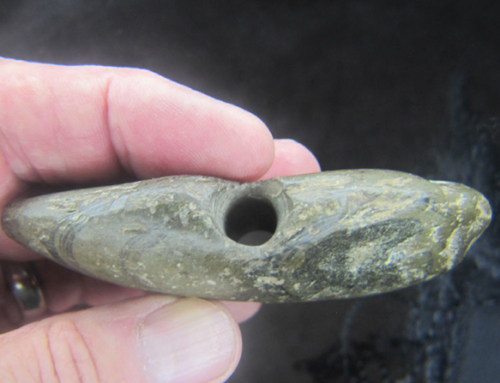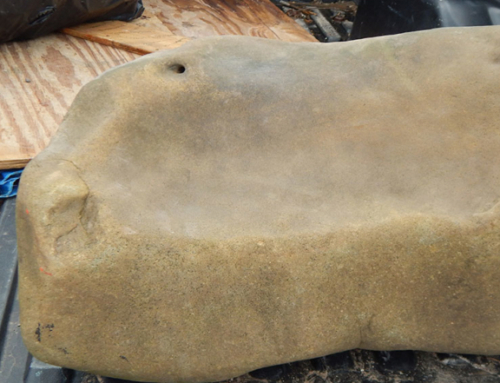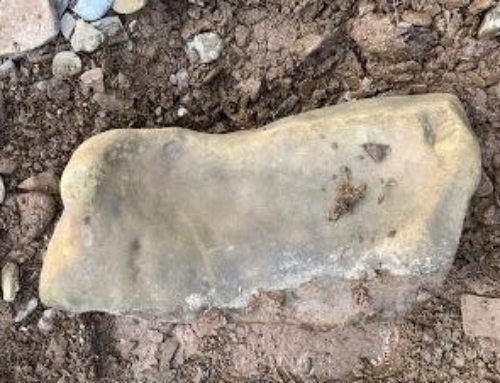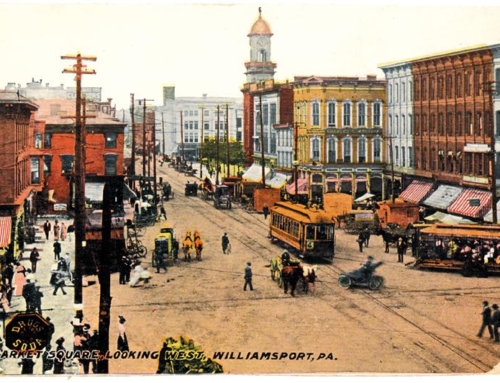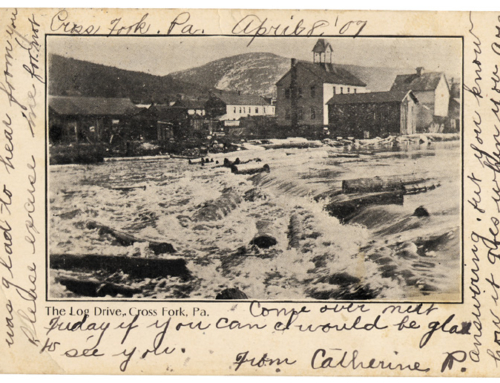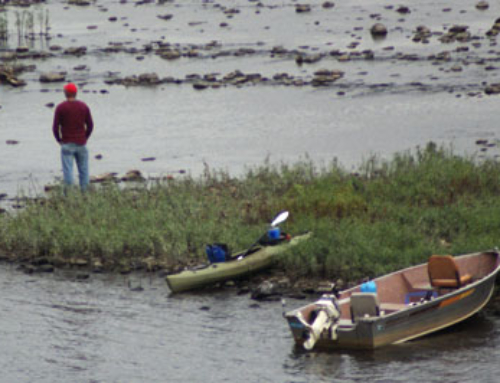The transportation of goods, services and people was a rough and inefficient undertaking in the Susquehanna Valley in the early 1800s. This would change with the advent of the West Branch Canal in the 1830s. Colonial and later state officials envisioned the idea of canals as far back as the mid-18th century.
The creation of a canal system was postponed because of the tribulations of the Revolutionary War and later the birth pangs of nationhood. Finally, on Feb. 26, 1826, the Pennsylvania General Assembly authorized the creation of a canal system, looking to duplicate the success of New York’s Erie Canal.
The West Branch of the Susquehanna’s section of this canal system was constructed between 1828 and 1834. The West Branch Canal formally opened on July 4, 1834. The canal, at this time, only went to mouth of Loyalsock Creek. The first packet boat to navigate the canal was the “James Madison.” A group of local dignitaries, including former Gov. J. Andrew Shulze, who originally hailed from Montoursville, rode the boat from Northumberland to the end of the canal. They were met at the lock point by the “Williamsport Guards” commanded by Capt. John Grafius, as well as a company of the “Lycoming Cavalry.” They took stagecoaches for the three-mile trip to Williamsport. Two years later in July 1836 the canal reached Williamsport.
William F. Packer, Superintendent of the Lycoming Line of the Canal, and later governor of Pennsylvania, estimated the cost of the 73-mile canal that extended from Northumberland to Williamsport to Lock Haven and finally to Bellefonte at $1,158,580.84. Paul Rickolt wrote in the “Now and Then,” the July 1944 journal of the Muncy Historical Society, “The canal was 28 feet wide on the bottom, 40 feet wide at the top, and 8 to 10 feet deep.”
Irish immigrant laborers built the canal almost exclusively. John F. Meginness writes of the canal’s importance in his “History of Lycoming County,” “For many years the canal was an important water highway and it gave impetus to business, which was felt in commercial circles throughout Lycoming County.”
Terry Rhian discusses of the economic impact of the canal in a paper titled, “Williamsport’s Economic Development during the Canal Period 1828-1850.” He writes, “The canal resulted in bringing of people of working age to Williamsport, hence, increasing the growth of the economy through the development of manufacturers and industries. “The completion of the West Branch Canal was the first forward step in transportation and as result revolutionized the trade pattern of the valley.”
The canal provided industries the ability to ship goods to various locales and as a result, a variety of new industries located in the Williamsport area. Because the canal wharves were at the foot of Market Street, Market Square became a “major crossroads of trade in the West Branch Valley.”
Rhian asserts in his paper that, “without the West Branch Canal, Williamsport would have remained a backwater, wilderness village.”
The canal was eventually superseded by the railroads as the primary means of transportation, and the great flood of 1889 was the death knell of the West Branch Canal. The coming of the West Branch Canal was one of the most important events in the development of Williamsport and Lycoming County as a major trade center. Its impact still is felt today.
By Lou Hunsinger Jr., Williamsport Sun-Gazette


